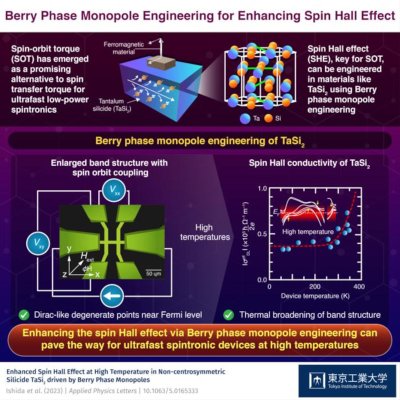Researchers find way to detect higher-order topological insulators
Higher-order topological insulators, or HOTIs, have attracted attention for their ability to conduct electricity along one-dimensional lines on their surfaces, but this property is quite difficult to experimentally distinguish from other effects.
By instead studying the interiors of these materials from a different perspective, a team of researchers at the University of Illinois at Urbana-Champaign, Dublin Institute for Advanced Studies, Chinese Academy of Sciences and additional collaborators has identified a surface signature that is unique to HOTIs that can determine how light reflects from their surfaces.
